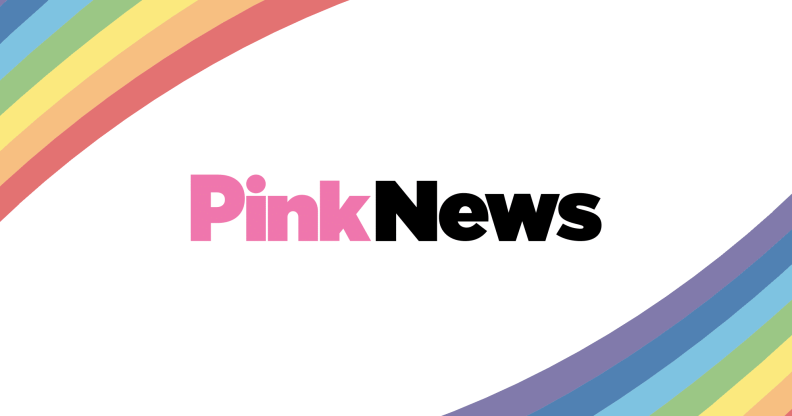Gay no longer used to describe women

According to a recent article in the International Herald Tribune, the word ‘gay’ no longer pertains to both men and women, as evidenced by a series of articles the paper referenced in the investigative feature.
Take, for example, a recent article about a referendum coming to a vote in Maine. The Associated Press reports that opponents of broadened civil rights protections for homosexual men and women claim that such legislation, already signed into law by the governor, would “grant a new status to gay men and lesbians that could open the door to same-sex marriage.”
Another story, this one appearing in The New York Times, reports from Nairobi, Kenya, that in a referendum revamping that nation’s constitution, “there has been disagreement on whether the language opposing discrimination would protect gay men and lesbians, who are scorned here.”
The story, appearing in the weekend edition of the International Herald Tribune, questions why the word ‘gay’ is no longer encompassing.
“Historically, gay represented both homosexual men and women and technically still does,” Chris Crain, editor of The Washington Blade and The New York Blade, told the Herald. “But a number of gay women felt that gay was too male-associated and pressed to have lesbians separately identified so they weren’t lost in the gay-male image.”
That push led to such organization names as the Gay and Lesbian Alliance Against Defamation and The Gay and Lesbian Task Force. In fact, The Washington Blade began in 1969 as The Gay Blade, a play on an old expression about a gallant. Diane Anderson-Minshall, executive editor of Curve, a lesbian magazine in San Francisco, said she agrees that the one-word adjective was expanded to set homosexual women apart.
“When, in the queer world, you say ‘the gay community’, the majority of the time that conjures up San Francisco’s largely male Castro District, or West Hollywood or ‘Queer Eye for the Straight Guy’, so interjecting the word lesbian into the mix is a necessary reminder that (lesbians) are not simply a subset of that larger male world but rather our own distinct community of individuals.”
Anderson-Minshall told the Herald she freely uses ‘queer’, formerly a slur, to include not only lesbians but “bisexual women and lesbian-identified transgender women.” In the editorial, by New York Times columnist William Safire, he notes the media is notoriously shy to use the word homosexual, especially as a noun, because of the emphasis that the word places on sexuality.
Until as recently as the mid ’70s, the American Psychological Association associated the word homosexual “with deviance, mental illness and criminal behavior,” which has led to a “negative stereotype.”

